How Evie’s thoughts tend to collapse in on each other as she nears the well so that it amounts to an act of violent psychological excavation to bring them to the surface pure and clean and uninfected. And that very same Evie up on two legs making her way across a grasslands spotted with oak trees, the false well fading behind her and the landscape now dotted with lime quarries large and small and some unfinished as if the levied stone was not pure enough. Shaking out grains of sand from her hair from where she slept and them scattering and the sound of thunder as they fall to the ground. Thought, and the thought of thought, pulling itself apart at the seams. And reaching the well at last. A long line of limestone cubes set one after the other, hardly a well at all, cubes about as large as small automobiles. A mockery of a well, devoid of any sort of clear intention. Long dry grasses growing between and around the stones that encircle the supposed deepness of the well itself, the stones demarcating nothing from nothing, the natural world as banal on this side as on that. Hardly worth dividing. Evie collapsing and then recovering beneath the unevenness of her thoughts splitting into splinters and then rearranging into wholes, swirling into Kate, the complete and utter breakdown of object relations, the stones themselves separated and unattached, the well there on the other side deep and black and as endless as
The well.
Welling in or out a dead world.
And she, Evie, going to destroy it all.
When I arrive the next morning at the motel Laing’s not there. The room door is unlocked. There is a box fan that I don’t remember seeing before set up on the table going full speed. And reams of papers loosely stacked in a dozen or so piles on the bed, each one with a stone or asphalt chunk to keep them from being blown around. I’m relieved he’s not there. Beside the fan there’s a micro-recorder that I hadn’t noticed when I first came in. I switch off the fan, sit down, and press play:
“The film is heavily voiced over,” Laing’s voice says. “The narrator appears to be making a prolonged confession. A confession that is by turns sorrowful and defensive.
“Like Chris Marker’s La Jetée the film consists of optically printed photographs, as well as some motion footage. Often these are accompanied not just by the voiceover but by a sort of droning, ambient music, very spare and harsh and oddly beautiful. The film was sent to me in 1991 in a package marked GUTMAN. Inside, sandwiched crudely between two torn pieces of cardboard, each, in turn, marked with a black X, was the 16 mm sound film which I watched once and destroyed.”
What follows next seems impossible, but not really if you think upon all the impossible things that happen every day. It’s an audio recording Laing made of the film, with his periodic comments describing the images on the screen. Laing describes each image as it appears, and then simply records the audio, which is voiceover narration by a person we never see.
“The first image is an industrial landscape, in oversaturated color,” Laing’s voice says. “A sandstorm or something even more toxic looms on the far horizon. It’s a still image, although there’s the feeling of movement somehow, as if the image were quietly breathing.” This — like the rest of the images — is followed, presumably, by a simple audio recording of the film’s voiceover during the duration of this image. (For the sake of clarity, or some semblance of clarity, I’ll put the voiceover that Laing recorded directly from the film in italics, and I’ll put Laing’s description of each film segment that precedes each voiceover in quotation marks.)
It’s true that I worked for them during the second purge. It’s not my intention to excuse what I’ve done, though God knows my crimes, if crimes is even the proper word, are far less grievous than those committed by others, the ones now called patriots. As for those maimed by our activities, they will have to speak, if they are still capable of speaking, for themselves. I’m responsible for my actions, and my actions alone. I’ve been promised immunity. But from what? And by whom? I don’t even know who my captors are, only that they have instructed me to commit to writing a true and faithful account of my role in the second purge.
“The second still image is black and white. It appears to be the interior of a large room with a window that looks out onto the sandstorm.”
I suppose I should start with the Gutman case. Upon first glance, the file seemed typical, Gutman having taken certain actions which, in the eyes of the Messiah Detectives, deemed him suspect and unreliable. I was to follow him, trace his communications, and take all due and proper precautionary action should I deem him about to divulge information that would force the agency to reveal, in the process of recovering that information, its existence. For it was true that at this point the agency was still a shadow operation, whose power derived not from visible action but rather from, as they claimed in white paper after white paper, strategic abstinence.
Like I said, there was, upon first reading, nothing atypical about the Gutman file. As customary, it was delivered beneath my door during the night. As usual, stamped in blue ink with a time code indicating precisely when it should be opened. A little heftier than previous envelopes, perhaps, which only whetted my curiosity, even as I felt a noose tightening around my neck, invisible, its rope threading out through my window, down the street, into the sewers, and up again through the vents into the offices of the Messiah Detective Agency where, tied to a heavy iron handle emerging from the floor (much like I imagine an old train switch lever might look) it awaits the yank that will snap my neck.
But all this is speculation. About the rope, the noose. The facts are much less melodramatic. I opened the file at the time indicated by the time code, and began to read. As usual, I jotted down the major points on my notepad and mapped out, roughly, my plan of action. The file was sparsely written, in the minimalist corporate style fashionable during that time. I put the file back in the envelope, poured myself a drink, flipped through the sports pages of the local newspaper, and went to bed. It was only later, sometime deep into the night after being awoken by a sharp noise that seemed to come from within the apartment itself, that I realized what it was that bothered me about the file.
“The third image is a moving image. Color. An open field in the sunlight. A shadow — or the shadow-like figure of a person — emerges in the distance and gradually spreads over the field. Consuming.”
The second purge, unlike the first, was less joyous. The public hangings and beheadings were glorious the first time through, accompanied as they were by the high rhetoric and the music. They were spectacles that meant something, confirming a certain iron-fisted tendency of thought that had crept into the minds of even the most liberation-minded of our thinkers. And yet, clearly, the first purge had not done its duty. Five years of gagging violence had still not rooted out the primal attachment to wrong ideas. The second purge would need to purge the purgers, and that’s where it began. All the architects and heroes of the initial purge — Maria, Sergio, Tomás, Annabel, Toni, and the others — were of course disposed of first, their bruised faces the last image-memory any of us have of them. I remember (and even disclosing this is a risk, but I am already doomed) walking along the riverbank with Sergio several days before he disappeared, sharing a cigarette, when, in passing, he mentioned a name to me, which I at first thought (mistakenly) to be the title of a book: Gutman. I remember that the cherry trees were in bloom, so it must have been spring, even though we tightened our collars against a cold wind.
Читать дальше
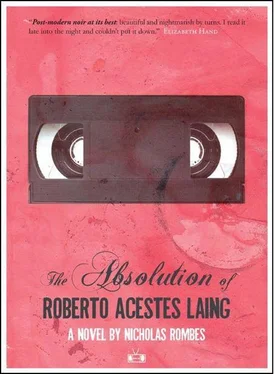
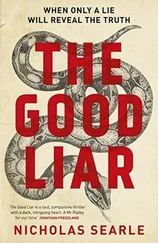
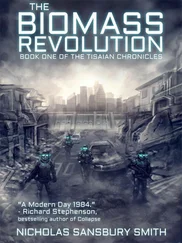

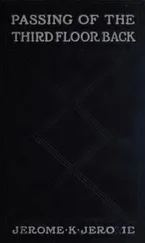


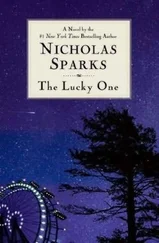

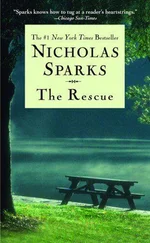
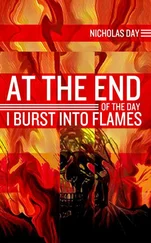

![Nicholas Timmins - The Five Giants [New Edition] - A Biography of the Welfare State](/books/701739/nicholas-timmins-the-five-giants-new-edition-a-thumb.webp)